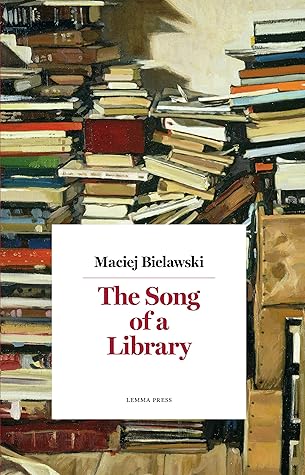Kindle Notes & Highlights
Read between
November 24 - December 14, 2022
On the one hand it is a clear and solid Christian root, on the other hand an opening to other realities.
I am convinced that precisely because Panikkar’s heart was rooted in the mystery of Christ, his mind and soul were free to roam and investigate elsewhere.
«One should not put Christ and Buddha’s doctrines on the same level»
Attempting to better explain, I would say that for Panikkar the distinction between Christ and Buddha rested on the fact that the former adheres to reality, the latter to doctrine.
«This means that Christianity itself is not only the past experience of St Francis or St Thomas, but because Christ exists»
In other words, Christianity for Panikkar was something (someone) present and existing here and now,
1962 he began reading La pensée religieuse du Pére Teilhard de Chardin,
«eucharisation» and «transubstantialization of the universe»
«Christianity can only be preserved by becoming ultra-Christian»
«Christiania».
On page 100, however, he wrote a comment worthy of attention: «I wonder whether de Lubac makes Teilhard de Chardin too dualistic».
from which it is obvious that Raimundo, despite his admiration, maintained a certain critical distance from Henri de Lubac’s theories,
In the 60’s advaita was now the pivot of Panikkar’s thought and hi...
This highlight has been truncated due to consecutive passage length restrictions.
Pic de la Mirandole (1974).
«Masterful chapter» (Chapitre magisral – page 169). That last opinion refers to the page of the book where Lubac explains the relationship between the micro- and macro-cosmos, a term very dear to Panikkar himself.
In conclusion, Panikkar was enchanted both with Pico della Mirandola as well as the manner in which Henri de Lubac presented him.
the myth of Prajapati (page 122),
philosophy seeks, but it’s theology that finds truth.
«That’s probably right! » (Probablement c’est juste!), but subsequently he added: «one must consider the hermeneutic rule that also takes intentionality into consideration in the interpretation of a text»
This means that even in learning the ‘found’ truth it is necessary to have hermeneutics, which is ineluctably placed on the side of ...
This highlight has been truncated due to consecutive passage length restrictions.
the distinction disappears between philosophy that seeks and theology that finds.
«Lubac told me in 1950 that he was no other than a historian – of theology, but also quickly added, and therefore of Theology.
1950, during which the French Jesuit affirmed that true theology subsisted in history, or in historicity.
In any case, the dialogue between Pico della Mirandola, Henri...
This highlight has been truncated due to consecutive passage length restrictions.
the village of Prades.
customs. In Prades I stop in front of a house on rue du Septembre n° 1, where Thomas Merton was born a century earlier.
In the mid-60’s Merton lived in his Kentucky hermitage and Panikkar was teaching at Harvard. Only about 1,500 km.
When Merton went to Calcutta and New Delhi in the fall of 1968, Panikkar was in Varanasi.
«Be content with another’s good. The fact alone that God exists, and that he is happy, should be the basis for our contentment. Happiness! Deus est! Alleluia!»,
From a shelf I pick the Little Book of Eternal Wisdom and Little Book of Truth by Enrico Suso,
Little Book of Truth.
«Marvelous small book! True and healthy mysticism».
This preoccupied Panikkar throughout his life. A third aspect deals with the relationship between eternity and time that Suso uses as a basis for the Trinitarian and Christological doctrine to explain how it is possible to have an experience of eternity in time, from which subsequently Panikkar developed his reflection on tempiternity.
‘pure freedom’ indicates not the freedom of choice, but the freedom from choice.
«separation and distinction are two quite different things”,
«to distinguish, but not to...
This highlight has been truncated due to consecutive passage length restrictions.
Merton, Suso, Eckhart, The Cloud of the Unknowing, Underhill, Zachner, Haas and many other authors and books in my possession cause
and that man by his nature is a mystic in that he is bound to the earth and open to God.
word, he could be defined simply as a mystic;
I would say that it is a mystical work.
chance that the first volume beginning Panikkar’s so called ‘Opera Omnia’, published while he was still alive, is Mysti...
This highlight has been truncated due to consecutive passage length restrictions.
No wise man or mystic has ever attributed this characteristic to himself.
«ontonomia».
After settling once again in Europe at Tavertet, on one hand he again resumed, polished and deepened all these themes. On the other hand, he added even others, like interculturalality, peace, meta-politics, new innocence, anthropofania, ecosofia and finally, the rhythm of being.


